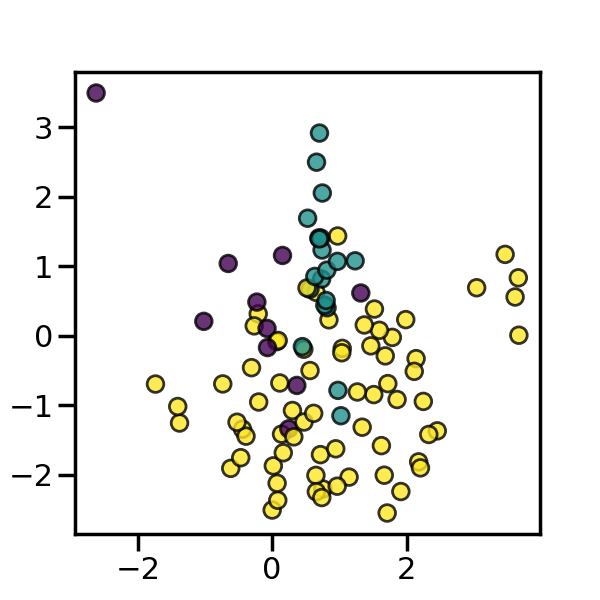4. Combination of over- and under-sampling#
We previously presented SMOTE and showed that this method can generate
noisy samples by interpolating new points between marginal outliers and
inliers. This issue can be solved by cleaning the space resulting
from over-sampling.
In this regard, Tomek’s link and edited nearest-neighbours are the two cleaning
methods that have been added to the pipeline after applying SMOTE over-sampling
to obtain a cleaner space. The two ready-to use classes imbalanced-learn
implements for combining over- and undersampling methods are: (i)
SMOTETomek [BPM04] and (ii) SMOTEENN
[BBM03].
Those two classes can be used like any other sampler with parameters identical to their former samplers:
>>> from collections import Counter
>>> from sklearn.datasets import make_classification
>>> X, y = make_classification(n_samples=5000, n_features=2, n_informative=2,
... n_redundant=0, n_repeated=0, n_classes=3,
... n_clusters_per_class=1,
... weights=[0.01, 0.05, 0.94],
... class_sep=0.8, random_state=0)
>>> print(sorted(Counter(y).items()))
[(0, 64), (1, 262), (2, 4674)]
>>> from imblearn.combine import SMOTEENN
>>> smote_enn = SMOTEENN(random_state=0)
>>> X_resampled, y_resampled = smote_enn.fit_resample(X, y)
>>> print(sorted(Counter(y_resampled).items()))
[(0, 4060), (1, 4381), (2, 3502)]
>>> from imblearn.combine import SMOTETomek
>>> smote_tomek = SMOTETomek(random_state=0)
>>> X_resampled, y_resampled = smote_tomek.fit_resample(X, y)
>>> print(sorted(Counter(y_resampled).items()))
[(0, 4499), (1, 4566), (2, 4413)]
We can also see in the example below that SMOTEENN tends to clean more
noisy samples than SMOTETomek.


